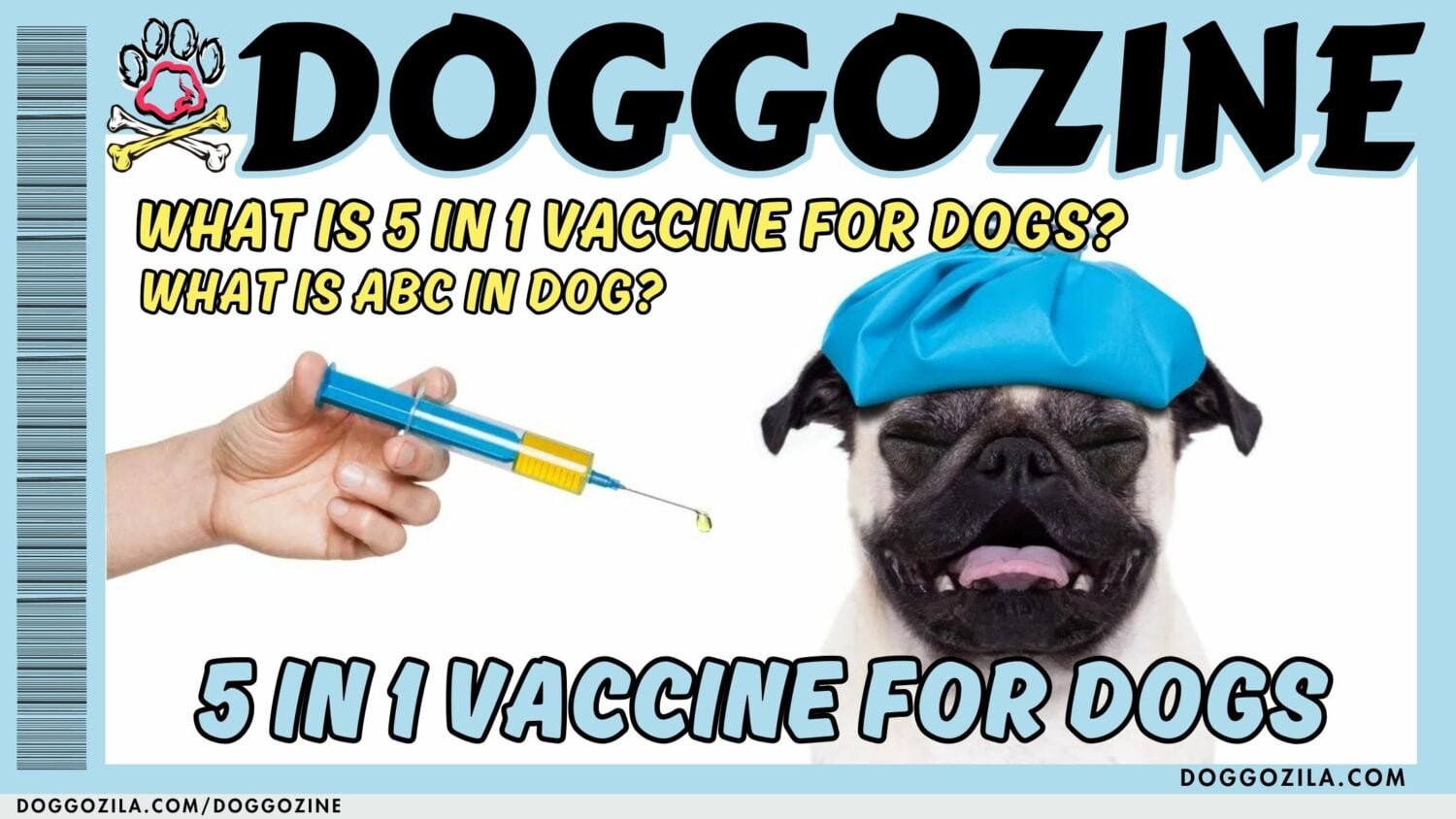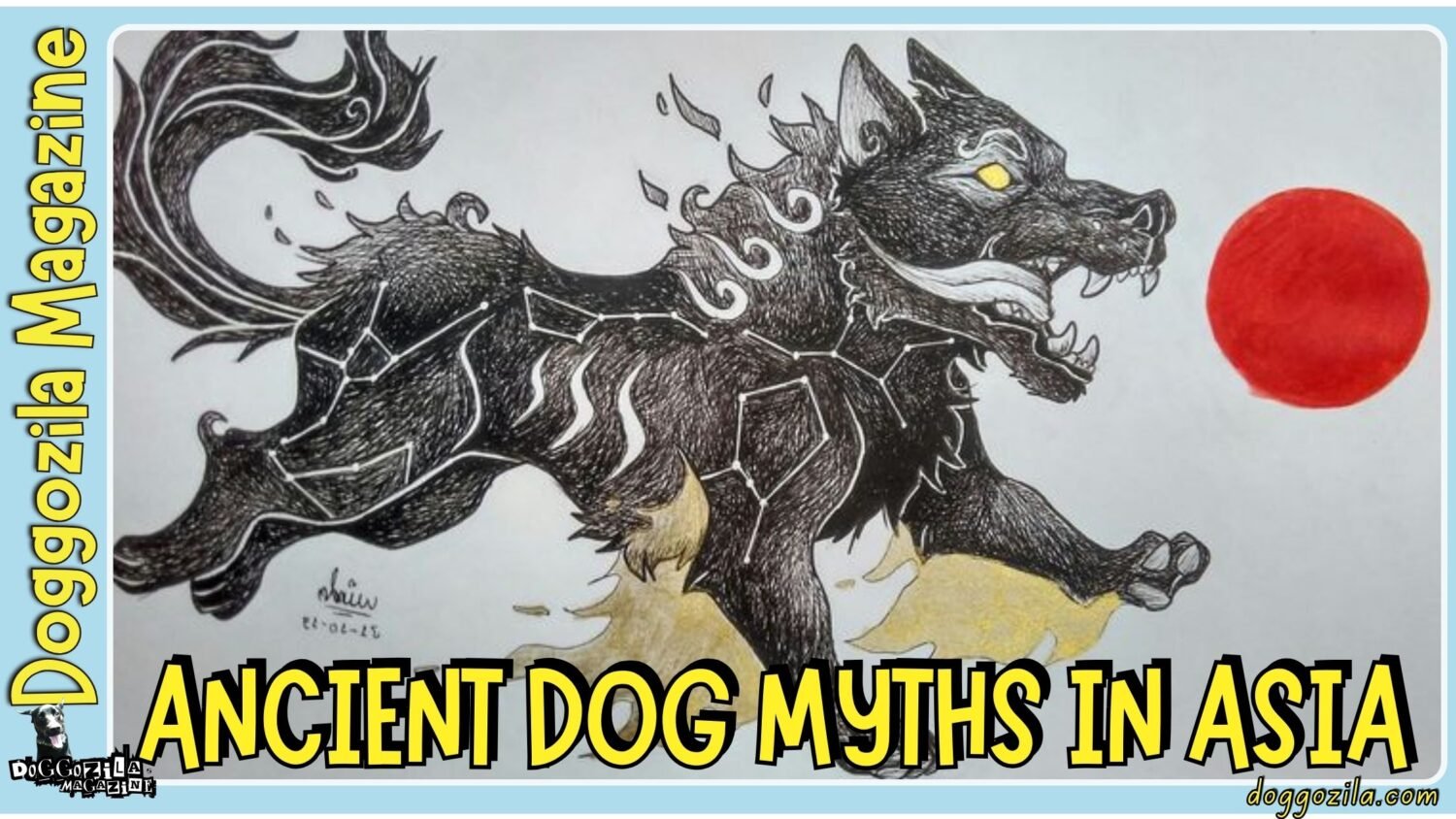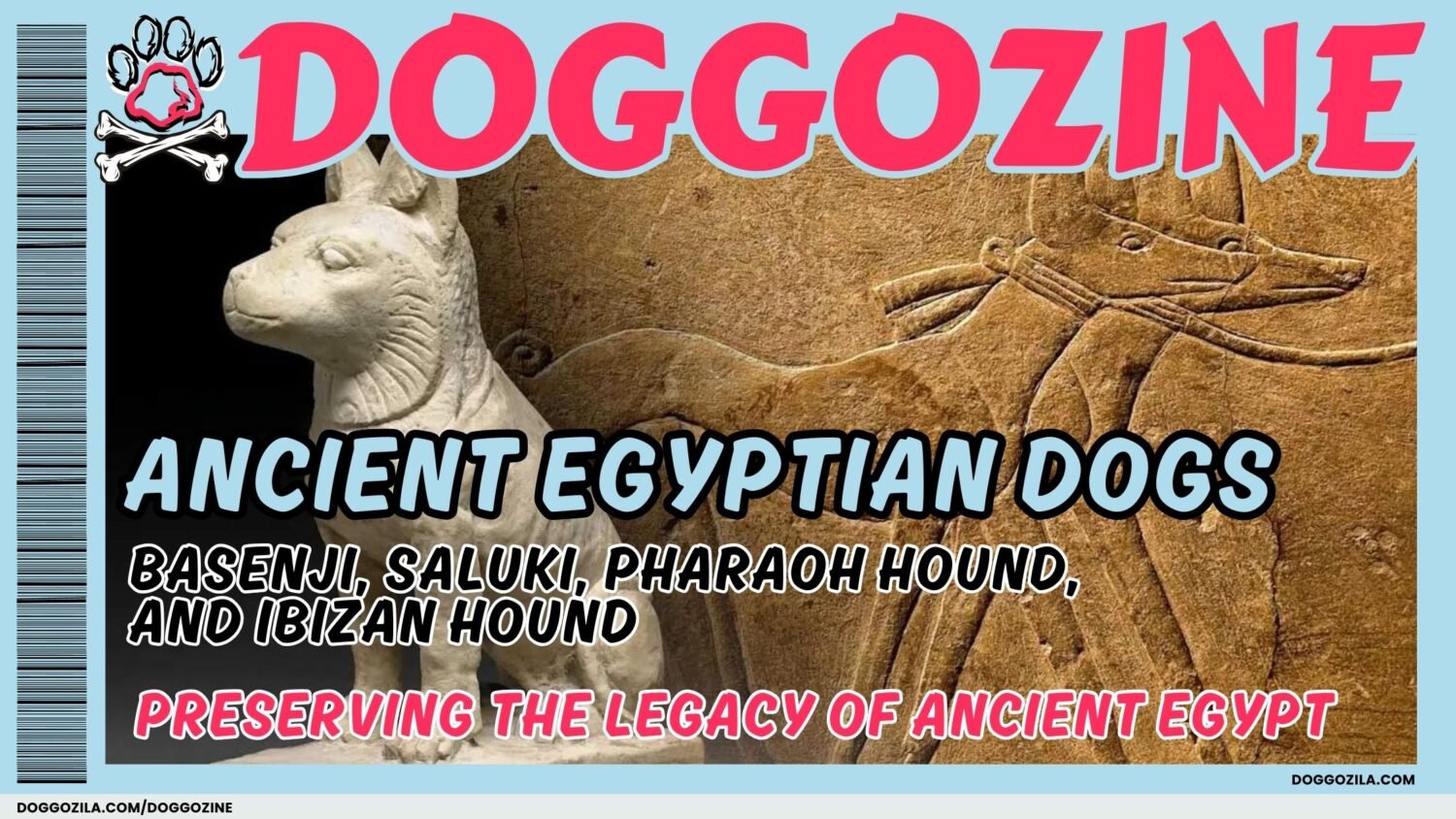Unlike food, where dogs can last several days without eating, water deprivation leads to serious consequences much faster. So how long can a dog go without water before facing life-threatening conditions? Water is the elixir of life for all living creatures, and our canine companions are no exception.
Whether you’re planning a hiking adventure with your four-legged friend or dealing with a sudden illness, understanding your dog’s hydration needs is crucial for their survival. This comprehensive guide dives into the science, real-life survival stories, and expert tips to keep your pup hydrated in any situation.
Throughout the article we will ask the same question many times and provide different answer for every situation in which you might probably end up or tell you the conclusion from that experience. Get ready for a deep dive into the fascinating world of canine hydration!

UNDERSTANDING CANINE HYDRATION: HOW LONG CAN A DOG GO WITHOUT WATER?
Water makes up about 60-70% of a dog’s body weight, playing critical roles in digestion, circulation, temperature regulation, and waste removal. While humans can survive about three days without water, dogs have a significantly shorter window before dehydration becomes dangerous.
“The general rule is that most healthy dogs can last 2-3 days without water, but this varies dramatically based on size, environment, and health status. Small breeds and puppies may show signs of severe dehydration in less than 24 hours, while larger dogs in cool conditions might last slightly longer. But why take chances? Let’s explore what happens inside your dog’s body when water becomes scarce. “
The Physiological Breakdown: What Happens When Dogs Are Deprived and Go Long Without Water
When a dog stops consuming water, their body immediately begins conserving fluids by reducing urine output and slowing digestive processes. Within just 6-10 hours, you might notice your dog panting more heavily as their body struggles to regulate temperature without adequate hydration.
By the 24-hour mark, blood volume decreases, making the dog heart work harder to pump thicker, more viscous blood through the circulatory system. Organs like the kidneys begin to suffer damage as they can’t effectively filter toxins without sufficient water flow.
Research on working dogs in arid environments shows that after 48 hours without water, most canines experience severe neurological symptoms like disorientation and lethargy. The mucous membranes in the mouth and nose become dry and cracked, while the eyes may appear sunken.
Unlike camels or some desert-adapted species, domestic dogs haven’t evolved water-storage capabilities, making them particularly vulnerable to dehydration. This is why veterinarians emphasize that the question isn’t just “how long can a dog go without water? ” but “how quickly can we prevent irreversible damage? “
Real-Life Survival Stories: Pushing the Limits of Canine Hydration
The 2018 case of Max, a Golden Retriever trapped in a collapsed building for 78 hours, made veterinary headlines when he survived with only occasional licks of condensation from pipes.
Similarly, a Siberian Husky named Kira survived a week lost in the Australian outback by digging for moisture in the soil beneath rocks. While these stories sound miraculous, veterinary examinations revealed both dogs suffered permanent kidney damage from their ordeals.
Military working dog studies conducted in desert conditions show that even with training, most canines can’t function beyond 36 hours without water before collapsing from heat stroke. Search-and-rescue dogs are typically given water every 30-45 minutes during operations because their high activity levels accelerate fluid loss.
These real-world examples prove that while dogs can survive short periods without water, the aftermath often includes lasting health consequences that could have been prevented with proper hydration.
Early Warning Signs of a Dog That Go Long Without Water: How to Tell If Your Pup Is Dehydrated
Catching dehydration early can mean the difference between a quick recovery and a life-threatening emergency. Start by checking your dog’s gums—they should be slick and pink, not tacky or pale. The “skin tent test” (gently pulling up skin between the shoulder blades) should snap back immediately in hydrated dogs; delayed return indicates dehydration.
Other subtle signs include loss of appetite, dry nose, and reduced energy levels that owners might initially dismiss as normal tiredness. As dehydration progresses, you’ll notice more alarming symptoms like sunken eyes, rapid shallow breathing, and a racing heart rate. In severe cases, dogs may stumble as if drunk or collapse entirely due to plummeting blood pressure.
Puppies and senior dogs often show these severe symptoms much faster than healthy adults. If you’re wondering “how long can a dog go without water before showing these signs? ” the answer is sometimes just 12-18 hours for vulnerable individuals. Don’t wait for visible symptoms—proactive hydration is always the best policy.
🔑 Key Points: 2-3 Days Is the Absolute Maximum – Most healthy dogs can survive only 2-3 days without water, with small breeds and puppies at risk of severe dehydration within 24 hours. Immediate action is needed if water intake stops.

FACTORS THAT DETERMINE HOW LONG A DOG CAN SURVIVE AND GO WITHOUT WATER
Not all dogs face equal risks when it comes to water deprivation—multiple factors influence how quickly dehydration sets in. A Chihuahua in Arizona summer faces very different challenges than a Saint Bernard in Alaskan winter. Understanding these variables helps pet owners make informed decisions about their dog’s hydration needs during travel, illness, or emergencies. From breed characteristics to activity levels, let’s examine what really determines a dog’s ability to go without water.
Breed and Size Differences: Who’s at Greatest Risk?
Small breeds like Yorkies and Chihuahuas have higher metabolic rates and less body mass to store fluids, often showing dehydration symptoms within 12 hours. Brachycephalic breeds (pugs, bulldogs) face double trouble—their inefficient panting mechanism makes temperature regulation difficult without constant water access.
Surprisingly, giant breeds like Great Danes aren’t necessarily safer; while they have more body water, they also require greater daily intake (up to 1.5 gallons for active adults). Arctic breeds like Huskies and Malamutes have evolutionary adaptations for water conservation but still can’t match desert species’ resilience.
A 2022 University of Alaska study found that northern breeds maintained hydration better in cold weather but showed equal vulnerability to other dogs in warm conditions. This proves that regardless of breed, all domestic dogs need regular water access—the question of “how long can a dog go without water? ” always has a worryingly short answer.
Environmental Extremes: Heat, Cold, and Altitude Effects
Desert conditions can turn deadly frighteningly fast—a healthy dog left in a hot car may develop life-threatening dehydration in under two hours. High humidity is equally dangerous because it prevents effective evaporative cooling through panting.
Cold weather presents different challenges; while dogs lose less water through panting, heated indoor air and increased urination from cold stress still demand ample water intake. Altitude dramatically impacts hydration needs too. Dogs hiking above 8,000 feet require 50-75% more water than at sea level due to increased respiratory water loss.
A 2019 study of mountain rescue dogs showed they consumed nearly a gallon more water daily during high-altitude operations compared to lowland work. These environmental factors prove that the standard “how long can a dog go without water” estimates assume ideal conditions that rarely exist in real life.
Health Conditions That Accelerate Dehydration Dangers
Dogs with diabetes or kidney disease lose water at accelerated rates through excessive urination. Gastrointestinal issues like parvovirus cause devastating fluid loss through vomiting and diarrhea—some puppies with parvo can become critically dehydrated in just 6-8 hours.
Even common conditions like kennel cough increase dehydration risks because inflamed throats make drinking painful. Senior dogs face compounded risks—their reduced kidney function makes water conservation less efficient, while arthritis may discourage trips to the water bowl.
Pregnant and nursing females have dramatically increased water needs that can’t be ignored. These health variables mean that for many dogs, the question isn’t “how long can a dog go without water? ” but “how can we ensure they never have to? “
🔑 Key Points: Size, Coat, and Activity Level Matter – Large, active, or thick-coated dogs dehydrate faster, especially in heat. Brachycephalic breeds (like Bulldogs) are at higher risk due to breathing difficulties.

EMERGENCY SITUATIONS: HOW LONG CAN A DOG GO WITHOUT WATER IN SURVIVAL SCENARIOS?
Every dog owner dreads the thought of their pet being stranded without water, yet these situations happen more often than we’d like to admit. Whether it’s getting lost during a hike, being trapped after a natural disaster, or accidentally being left without water during travel, emergencies test the limits of canine hydration. While we’ve established that 2-3 days is the maximum for most dogs, survival situations often accelerate dehydration due to stress and environmental factors. Let’s examine real-world scenarios and how dogs cope when water becomes scarce.
FUN FACT – Dogs vs. Cacti: Who Wins in a Drought?
Spoiler: The cactus. While some desert-born breeds (looking at you, Salukis!) can stretch their water stash to 2-3 days, your average couch-loving Lab would start side-eyeing your neglect after 24 hours.
Panting = water evaporating at warp speed. Hydrate or regret-ate, hooman.
Lost Dog Cases: Remarkable Survival Stories Against the Odds
The 2021 case of Bella, a Beagle mix who survived 11 days in the Nevada desert, astonished veterinarians. She was found alive by licking condensation off rocks in the early mornings and digging for moist soil.
Similarly, a Border Collie named Ace survived a week stranded in Colorado mountains by drinking from tiny alpine streams. These cases show dogs’ incredible ingenuity when thirsty, but autopsies on less fortunate strays reveal most don’t survive beyond 4 days without water.
Search and rescue teams report that lost dogs in urban environments often fare worse than wilderness survivors. Pavement and concrete offer no moisture sources, and panicked dogs tend to hide rather than search for water.
Thermal imaging studies show that after 48 hours without water in summer heat, a dog’s core temperature becomes dangerously elevated. While we marvel at survival stories, they represent exceptions – the average lost dog faces severe dehydration within 2 days.
Natural Disasters: When the Water Bowl Runs Dry and a Dog Go Long Time Without Drinking Anything
Hurricanes, earthquakes, and floods often disrupt water supplies for days. Veterinary reports from Hurricane Katrina showed that dogs trapped in homes developed kidney failure after just 3 days without water.
The 2018 California wildfires revealed another danger – while some dogs survived by drinking from toilets or broken pipes, others suffered chemical burns from ingesting toxic water sources. Preppers who’ve tested their dogs’ limits in controlled scenarios report that even with shade, most dogs show severe distress by day 3.
Small breeds often collapse first, while larger dogs may last slightly longer but suffer permanent organ damage. These real-world situations prove that when asking “how long can a dog go without water,” we should really be asking “how can I ensure they never have to? “
Travel Emergencies: When Water Access Gets Disrupted
Road trips and flights sometimes go awry, leaving dogs unexpectedly waterless. A 2022 study of airline incidents found that dogs in cargo holds showed signs of dehydration after just 8 hours without water.
Car travel presents different risks – dogs panting in hot vehicles can become dangerously dehydrated in under an hour. Adventure dogs on hiking trips face unique challenges. Backpackers report that even with careful planning, water filters can fail or sources can dry up unexpectedly.
The smartest owners pack emergency water tablets and know how to find natural sources like morning dew on plants. Remember – when traveling, the answer to “how long can a dog go without water ” should always be “not even close to their limit.“
🔑 Key Points: Prevent Dehydration in Emergencies – Keep multiple water bowls at home, carry a travel bottle, and know how to offer fluids (ice cubes, wet towels) if your dog can’t drink normally.

EMERGENCY HYDRATION: LIFE-SAVING TECHNIQUES FOR A DOG THAT GO LONG TIME WITHOUT WATER
Knowing how to provide emergency hydration could save your dog’s life in a crisis. While nothing replaces fresh clean water, certain techniques can buy precious time until proper hydration is available. These methods have been used by survival experts, veterinarians, and search-and-rescue teams in extreme situations. Let’s explore safe ways to hydrate your dog when traditional water sources aren’t an option.
Finding and Creating Emergency Water Sources
In wilderness situations, teach your dog to drink from safe natural sources like running streams (still water often contains parasites). Early morning dew can be collected by dragging a clean cloth through grass and wringing it into a container. Some survivalists create solar stills by digging holes, placing vegetation inside, and covering with plastic to collect condensation.
Urban environments offer different options – air conditioner runoff, water heater relief valves, or even the tank behind toilets (not the bowl!) can provide emergency hydration. If you must use questionable water sources, boiling for 3 minutes kills most pathogens. Never let your dog drink from puddles near roads or industrial areas due to chemical contamination risks.
Alternative Hydration Methods When Water Isn’t Available
In absolute emergencies, certain foods can provide minimal hydration. Watermelon, cucumber, and canned pumpkin (not pie filling) contain high water content. You can create a rehydration solution by mixing 1 liter clean water with 1 teaspoon salt and 3 tablespoons honey – this helps replace lost electrolytes.
For unconscious or severely dehydrated dogs, wetting their gums and tongue with a soaked cloth provides some absorption. Never force water into an unresponsive dog’s throat – this can cause aspiration pneumonia. Veterinarians in field hospitals often administer subcutaneous fluids when IV access isn’t available, a technique that can be lifesaving but requires proper training.
Signs It’s Too Late: When Dehydration Becomes Irreversible
Despite all efforts, there comes a point where dehydration causes irreversible damage. If your dog’s gums remain white after gentle pressure, their eyes are sunken and dry, or they’ve stopped urinating entirely for over 12 hours, these are critical signs. Body temperature may drop dangerously low as circulation fails, and seizures can occur from electrolyte imbalances.
At this stage, even veterinary intervention has limited success – the mortality rate for severe dehydration exceeds 60%. This harsh reality underscores why prevention is so crucial. Rather than testing how long a dog can go without water, focus on ensuring they never reach these dire stages through careful planning and vigilance.
🔑 Key Points: Dehydration Kills Faster Than Starvation – While dogs can go days without food, water deprivation leads to organ failure and death much quicker. Watch for signs like dry gums, sunken eyes, and lethargy.

HYDRATION TECHNOLOGY: COOL GADGETS TO MONITOR YOUR DOG’S WATER INTAKE
In our tech-driven world, innovative solutions now exist to help monitor and maintain your dog’s hydration. From smart water bowls to wearable sensors, these gadgets take the guesswork out of hydration management. Whether you have a senior dog needing extra care or an adventure pup who pushes limits, technology offers exciting ways to keep them safely hydrated.
FUN FACT – Toy Breeds Dry Out Like Your Phone Battery
Chihuahuas and other pocket-sized pups are basically tiny, furry smartphones—their energy burns fast, and so does their water supply. Miss a refill? That 5% battery warning (aka excessive panting) kicks in quick.
Meanwhile, a Mastiff’s like an old Nokia—sturdy, but still not invincible.
Smart Water Bowls: The Future of Canine Hydration Tracking
High-tech bowls like Smart Fountain not only filter water but track consumption patterns through connected apps. These devices alert owners if water intake drops significantly – often the first sign of illness. Some models even analyze drinking duration and frequency, creating personalized hydration profiles for each dog.
More advanced systems integrate with home automation, sending reminders to refill the bowl or adjusting water temperature for optimal appeal. Clinical trials show these bowls increase water consumption in reluctant drinkers by up to 40%. While pricey, they’re invaluable for dogs with medical conditions where hydration is critical.
Wearable Hydration Monitors: Real-Time Fluid Tracking
The latest generation of dog activity trackers now includes hydration sensors. Devices like the FitBark 2 measure skin elasticity through specialized sensors, while others analyze saliva composition via smart collars. These gadgets provide early warnings before visible dehydration symptoms appear.
Military and working dog units use more advanced versions that monitor blood volume and kidney function in real-time. While not yet available to civilians, this technology may soon help detect dehydration in service dogs and avalanche rescue teams. The data from these devices is revolutionizing our understanding of canine hydration needs in various environments.
Portable Solutions for Active Lifestyles
For adventurous dogs, products like the H2O4K9 backpack carry and filter water during hikes. The Ruffwear Quencher is a collapsible bowl with volume markings to precisely track intake. Some creative owners even modify hydration bladders with bite valves for dogs to drink hands-free on the trail.
GPS-trackable water bottles help ensure dogs stay hydrated during search operations or hunting trips. The market now offers electrolyte-enhanced waters specifically formulated for active dogs, though veterinarians recommend these only for extreme exertion, not daily use. These innovations prove that with the right tools, the question “how long can a dog go without water ” becomes irrelevant.
🔑 Key Points: Never Withhold Water as Punishment – Unlike food, water should never be restricted—even briefly. Doing so risks kidney damage, heatstroke, or death.

BREED-SPECIFIC HYDRATION NEEDS: WHAT DOG CAN GO LONG WITHOUT WATER?
Not all dogs hydrate the same way—some breeds are water guzzlers while others sip daintily. Understanding your dog’s unique hydration needs could mean the difference between a healthy pup and an emergency vet visit. From the tiny Chihuahua to the massive Saint Bernard, let’s explore how breed characteristics dramatically affect water requirements and dehydration risks.
Small Dog Breeds: Why They Can’t Go Long Without Water
Toy breeds like Yorkies and Pomeranians have faster metabolisms and higher surface-area-to-volume ratios, causing them to lose water rapidly. Their tiny bodies hold minimal fluid reserves, making them particularly vulnerable to dehydration. Studies show that small dogs can develop dangerous blood concentration changes within 12 hours without water.
These little dogs also have higher energy needs relative to their size, meaning they burn through water faster during normal activities. Additionally, many small breeds are prone to dental issues that may make drinking painful. Owners of small dogs should monitor water bowls constantly—missing even one refill could put their pet at risk.
Working Dogs: The Hydration Demands of High-Performance Canines
Border Collies, German Shepherds, and other working breeds have extraordinary hydration needs due to their intense activity levels. Search-and-rescue dogs can lose up to 1 liter of water per hour during operations in warm conditions. Their bodies require constant replenishment to maintain peak performance and prevent heat-related illnesses.
Military dog handlers report that working K9s need water breaks every 20-30 minutes during training exercises. These dogs also benefit from electrolyte supplements during extended missions. Without proper hydration, working dogs experience rapid declines in alertness and physical capability—sometimes within just an hour of intense activity.
Brachycephalic Breeds: Special Hydration Challenges
Pugs, Bulldogs, and other flat-faced breeds face unique hydration hurdles due to their respiratory anatomy. Their inefficient panting mechanisms make temperature regulation difficult, causing them to lose water faster through increased respiratory effort. Many also have difficulty drinking efficiently due to their facial structure.
Veterinary studies show brachycephalic dogs are 3 times more likely to suffer heat stroke than other breeds. Owners of these dogs should provide water in shallow, wide bowls and consider adding water to their food. Some innovative pet companies now make special drinking bottles designed specifically for flat-faced breeds.
🔑 Key Points: Heat & Illness Accelerate Danger – Hot weather, vomiting, diarrhea, or fever can cause fatal dehydration in under 12 hours. Always provide shade and cool water in summer.

HYDRATION HACKS: CREATIVE WAYS TO KEEP YOUR DOG DRINKING WATER
Some dogs just aren’t great drinkers—they’ll play in water bowls but barely consume enough to stay properly hydrated. Whether you have a finicky drinker or an active dog that forgets to hydrate, these clever strategies can help ensure they get enough fluids.
FUN FACT – The “Skin Pinch” Test: Dog or Raisin?
Lift your dog’s scruff. If it snaps back like a rubber band—hydrated king. If it lingers like a slow-mo replay… emergency water break.
(Same goes for you after taco night. Coincidence? No.)
Making Water Irresistible: Flavor Boosters and Temperature Tricks
Many dogs prefer cool, fresh water—try adding ice cubes on hot days or keeping multiple water stations throughout your home. For picky drinkers, adding a splash of low-sodium chicken broth or tuna water can make plain water more appealing. Some owners swear by pet water fountains, as the moving water often attracts reluctant drinkers.
Freezing bone broth into ice cubes creates a hydrating summer treat. For dogs that love crunch, try adding water to their kibble 10 minutes before serving. The key is finding what makes your individual dog excited about drinking—some may prefer certain bowl materials or locations.
Hydration Through Food: Moisture-Rich Diet Options
Switching to wet food can significantly increase your dog’s water intake—canned foods are about 70-80% water compared to 10% in dry kibble. Adding warm water to dry food creates a hydrating gravy that most dogs love. Fresh vegetables like cucumber slices or watermelon chunks make excellent hydrating snacks.
For dogs needing serious hydration boosts, veterinary therapeutic diets offer high-moisture options. Some owners prepare homemade dog food recipes called “doggy soups” with lean meats and dog-safe vegetables. Remember that dietary changes should be gradual to avoid digestive upset.
Training Your Dog to Drink on Command and Never Go Long Time Without Water
Service dog trainers often teach a “drink” command—especially valuable for working dogs. Start by rewarding your dog whenever they voluntarily drink, then add the verbal cue. With consistent practice, you can prompt your dog to hydrate during breaks on hikes or hot days.
Some agility competitors use a specific bowl color or pattern that becomes associated with water breaks. This conditioning helps performance dogs hydrate efficiently during competitions. While it takes patience, this training could literally save your dog’s life in an emergency.
🔑 Key Points: Act Immediately If Your Dog Stops Drinking – Refusing water for more than 12 hours requires emergency vet care. Underlying causes (kidney disease, infections) must be treated fast.

THE FUTURE OF DOG HYDRATION: EMERGING RESEARCH AND INNOVATIONS TO STOP PUPS TO GO LONG WITHOUT WATER
Scientific understanding of canine hydration is advancing rapidly, leading to exciting new developments in pet care. From high-tech monitoring to groundbreaking nutritional science, the future looks bright for keeping dogs perfectly hydrated.
Cutting-Edge Hydration Monitoring Technologies
Researchers are developing implantable microsensors that track hydration at the cellular level, currently being tested in military working dogs. Non-invasive saliva tests may soon allow instant hydration status checks using smartphone attachments. Some veterinary clinics now use advanced bioimpedance analysis to precisely measure body water content.
Pet tech companies are working on “smart tags” that change color when a dog’s hydration drops below optimal levels. The next generation of fitness trackers will likely include more sophisticated hydration algorithms based on activity type and environmental conditions.
Nutritional Science Breakthroughs
New research into “slow-release” water molecules could lead to treats that provide extended hydration. Scientists are studying desert animals’ hydration strategies to develop innovative solutions for dogs. Some experimental diets now include moisture-binding fibers that help retain water in the digestive system longer.
Veterinary nutritionists are perfecting electrolyte formulas specifically balanced for canine physiology. These advances may revolutionize how we hydrate working dogs, elderly pets, and dogs recovering from illness. The goal is creating solutions that prevent dehydration before it starts.
Community Hydration Initiatives
Forward-thinking cities are installing public dog water fountains with built-in filtration systems. Some animal shelters have implemented hydration awareness programs to educate new pet owners. Innovative “hydration stations” at dog parks now include features like water misters and shaded cooling areas.
Corporate partnerships are making portable water filters more accessible to pet owners in developing regions. These collective efforts reflect growing recognition of hydration as a cornerstone of canine welfare. As research continues, our understanding of “how long can a dog go without water ” keeps evolving toward more compassionate answers.
Final Thought on How Long Can a Dog Go Without Water
While we’ve explored the limits of canine survival without water, the true measure of pet ownership lies in never letting our dogs approach those limits. With knowledge, preparation and love, we can ensure our canine companions enjoy a lifetime of perfect hydration. Water is life—never gamble with your dog’s hydration. A simple bowl of fresh water is the easiest way to keep your pup safe and healthy every day.
FUN FACT – Your Dog’s a Sneaky Water Bandit
Some dogs “save” water by tipping bowls, digging moats, or licking condensation off windows. Is it genius? Yes. Messy? Absolutely. Proof they’re part camel? We may never know.
Just refill the bowl before they start eyeing your coffee.









